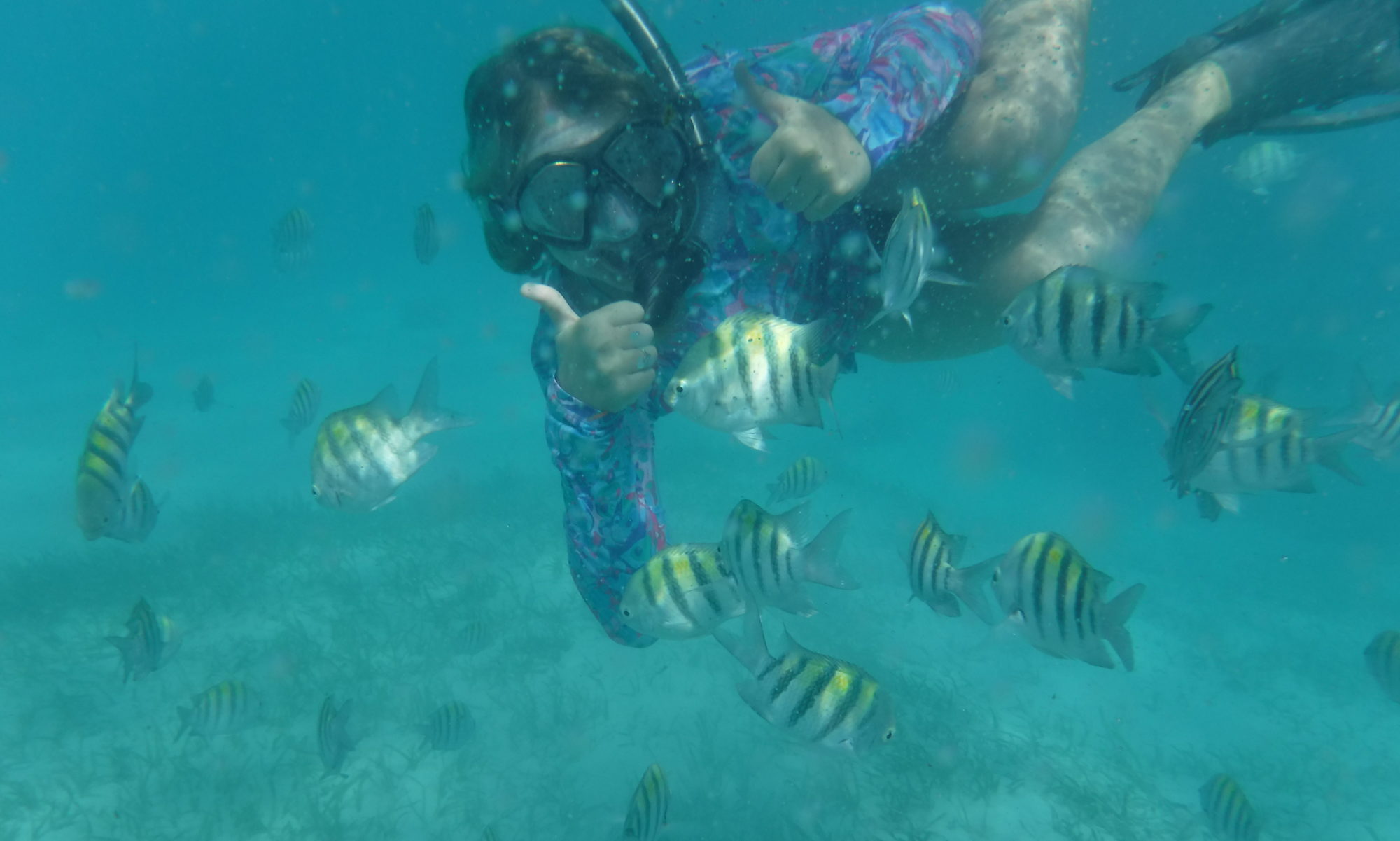On June 18, we packed up the boat for safekeeping in Puerto Penasco for hurricane season and started our driving roadtrip through the western USA…Our route began by crossing the border, a quick stop at Pipe Organ National Monument and then on towards Joshua Tree National Park. We camped all summer. We’ve found some great apps for finding free campsites which happily worked out right away. It took a bit of adjusting to unloading the camping gear, learning how to best cook at campsites, reloading the gear…and finding enough space for everyone in the car (including Willie).

Joshua Tree NP Fun Facts
- Joshua trees are yuccas, not your typical tree.
- Joshua tree means the tree of life.
- Roadrunners are real and they eat scorpions.
- Deserts are HOT! Shade is good!
- Hiking hours are 5-8 in the morning and evening in the desert summer.

Our next stop was Sequoia National Forest. The Trail of 100 Giants turned out to be one of our favorite “big tree” hikes.
Sequoia Fun Facts
- Sequoia roots can spread out an acre in search of water.
- Sequoias drink 500 gallons of water each day.
- Sequoia is the only word in the English language that uses all of the vowels-A,E,I,O,U.
- The lowest branches on the sequoia are high up from the ground which keeps them from burning down in fires.
- Tannins make them red and heal burn marks.

Our next stop headed us back to the beach. We visited Big Sur, home of many car commercials, surfer towns, cool beaches, wildlife and beautiful scenery.
Big Sur Fun Facts
- Big Sur is the stretch of 101 from San Luis Obispo to Monterey.
- Hearst Castle is the most visited state park in California.
- There is an elephant seal rookery just north of Hearst Castle.
- Th road has closed due to mudslides, falling rocks, and wildfires quite frequently.
- There is a heard of wild zebras remaining from Hearst’s zoo.


We visited Stanford. We all decided we want to go there.
Stanford Fun Facts
- Students jump in the now chlorinated fountains for fun.
- There are more bikes on campus than students.
- The waitlist for getting married at the church is 3 years.
- Themed housing—foreign language, outdoors, sports, clubs for everything, over 700.
- Love the tree mascot!
We headed north along the coast to Redwoods National Park.
Redwoods Fun Facts
- The average life span is 600-700 year old, but they can live to 2000.
- 93% of all redwoods were chopped down.
- They are the tallest trees in the world.
- Their pinecones are the size of a lemon and the seeds are the size of an oat.
- They are part of the sequoia family with tannins that protect them.


We continued up the coast north, to the Oregon Gold Coast. Beautiful beaches and rocks. Then, out to Crater Lake…which was still quite snow covered on June 26th.
Crater Lake Fun Facts
- It is the deepest lake in the USA.
- It was the sixth national park.
- It is the clearest lake in the world with visibility to 143 feet.
- Blue, blue, blue!
- It averages 43 feet of snow each year. Cold!

We continued heading north for a quick visit to Portland, Oregon. We hit most of the tourist spots and then headed out to Mt. Hood. We saw a sign for a 4th of July Lumberjack festival, so we decided to check that out. We stopped at the local Goodwill to find flannel for everyone for the festival (and to keep us warm with all the cold weather and rain)! The festival was pretty fun! From here, we headed to Mt. Rainier National Park. But, Mt. St Helens was on the way, so we stopped there first and saw all the volcano damage. Amazing how an eruption changes the landscape. Next stop is Olympic National Park. We did a lot of hiking in the rain forest, at the beach, and up in the alpine zone. What a diverse park! We all want to spend more time in Olympic when the weather is better. Next stop is North Cascades National Park. Sunshine, blue skies, and huckleberries abound. We really enjoyed this park—so much so that we all ached after lots of great hiking. We made huckleberry jam at our campground, did a 10+ mile subalpine hike with Willie, and enjoyed all of the short hikes through the park.













